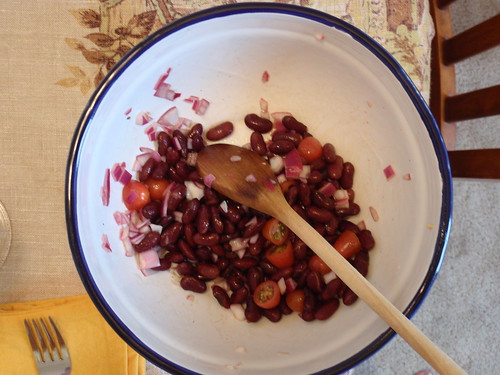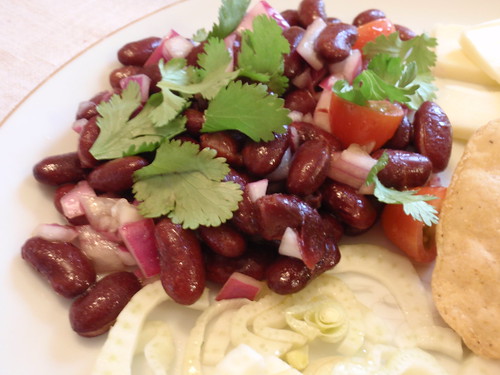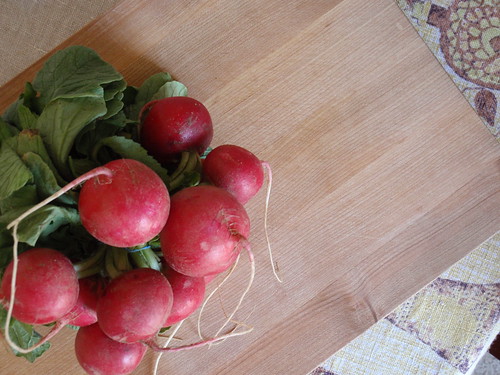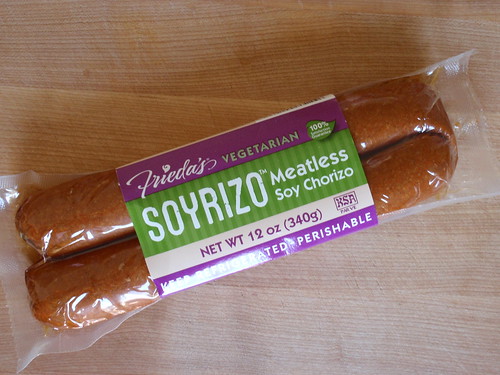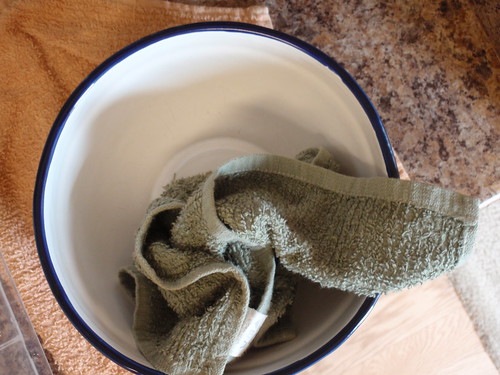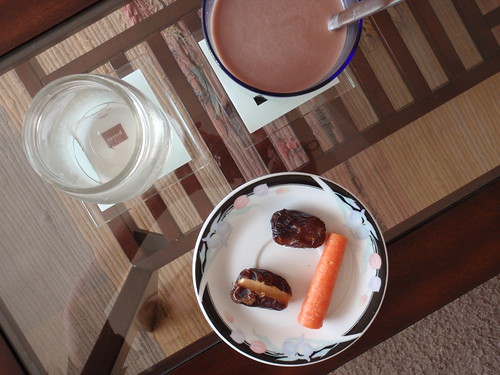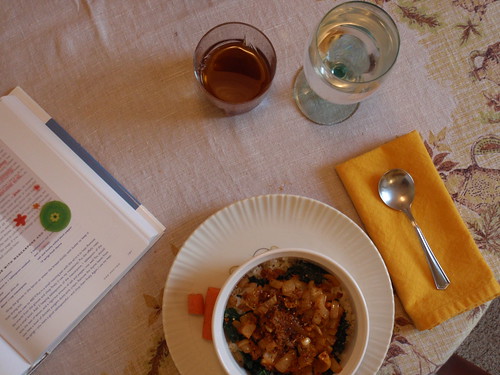
I believe that when a person chooses to eat sausage, whether of the porky or the veggie persuasion, they are not choosing it for health reasons. Sausage is all about hedonism, an intensely flavored, delightfully meaty hedonism. I love that about sausage. It just seems to sit there, ugly as sin, and it says to you, “Come on, you know you want me.”
Sausage has got my number. There is no doubt about that. As a vegetarian, I’ve had an on-again, off-again relationship with the different fake meats. I have no illusions that fake meats are “healthy” or “good for me.” Nor is my vegetarianism based on eating fake meats. But some of them are really quite tasty and useful, like the fake chicken patties, which my friend Josh calls “crack patties” because he finds them a little too tasty. I haven’t had a crack patty in a long time, and writing about them makes me crave one. That craving will probably pass because the fake meat that I really crave is far more memorable and addictive: those delicious fake sausages. They satisfy the shadow of carnivorousness that still lingers in my soul, much like the occasional meaty dinner eaten with my family in Michigan does. The best part of being a vegetarian who very occasionally eats meat is that it is an incredibly interesting and eye-opening experience. It reminds me that there are things you can do with meat that you just cannot do with nonmeat foods: the textures and the flavors are unique to meat. Even though I choose not to eat meat 99% of the time, I feel like it’s good to be reminded of why people do eat meat.
I say all this not to make myself feel better for “cheating” with meat. I’ve never been a militant vegetarian, though I’ve gone through phases when I felt more strongly about it. For me, it’s just a way of life now, something that I don’t even really choose any more, in the sense that it’s so easy that I don’t have to make decisions about it. I just do what I do.
That soyrizo, however, has opened some new horizons for me, namely horizons that are printed in cookbooks and call for chorizo. I love trying to adapt recipes to my tastes, especially my vegetarian preferences. Soyrizo, like a good fake sausage should be, is intensely flavored with paprika and something hot and spicy. It comes packaged in a log-shaped plastic casing, but the “meat” is not tightly bound to itself—it’s more like ground beef that can be shaped into patties or broken apart for a taco filling. For my first soyrizo experience, I tried an adapted version of Nigella Lawson’s kale and chorizo recipe from How to Eat. I loved the idea of pairing the spicy soyrizo with something earthy and green like kale. This dish is really lovely—a study in textures with the meaty, chewy soyrizo, the velvety braised kale, and the soft rice and onions. It’s a one-dish meal, though I do think you should follow it with some dessert, like a chocolate pudding. As Nigella might say, “Yum yum.” (Anyone else like watching her cooking shows on youtube? I’m always in shock and awe watching her—the sugar! the fat! the delicious onslaught of calories!)
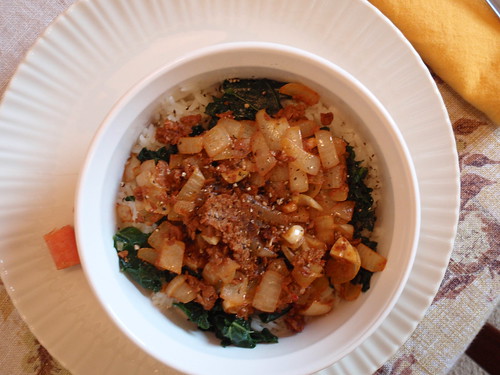
Braised Kale with Soyrizo, Onions, and Rice
Adapted from and inspired by How to Eat by Nigella Lawson
Serves 2
Believe it or not, this recipe is vegan! Make it and delight all the vegans in your life. Or heck, make it and invite me over. Yum yum.
1 tbsp. vegetable oil
1 medium or large onion, chopped
3 ounces soyrizo, “sliced” into rounds (I recommend slicing to help break up the soyrizo during the cooking)
2 large cloves garlic, chopped
1 cup vegetable stock
1 bunch kale, rinsed, then soft leaves stripped from the hard middle stem and torn into bite-sized pieces
Cooked white rice, preferably leftover, enough for two servings
Salt and pepper to taste
1) Heat the oil in a large pot over medium-high heat. Add the onion and cook for a few minutes, allowing the onion to soften and begin browning. Turn the heat down to medium and cook for several more minutes, allowing the onions to brown some more.
2) Add the sliced soyrizo to the onoins. Break it up with a wooden spoon and stir it around. Let it cook for a few minutes, stirring occasionally.
3) While the onions and soyrizo are cooking, get the kale going. In a medium-sized pot, heat the vegetable stock to simmering, then turn the heat down to medium-low and add the prepped kale leaves. Cook for a few minutes to wilt the kale, then take it off the heat.
4) Add the garlic to the onions and soyrizo. Stir it around to mix everything together, then let everything cook for a few more minutes to take the raw edge off the garlic.
5) If you are using leftover rice, here is an opportunity to add some more flavor to it. Put the rice in a medium-sized pot, then use a ladle to add some of the kale’s cooking broth to it. Try not to add any kale leaves, just swipe the broth. Don’t make it soupy; just add enough broth to moisten it, plus a little extra. Then heat up the rice by letting it steam in the broth. The rice is ready when it’s warmed through and its texture is soft.
6) To serve, divide the rice between two bowls. Use a pair of tongs to divide the kale between the two bowls, placing it on top of the rice. If you like, spoon a bit of broth on top of the kale but not too much unless you want to make it soupy. Finally, top with the onion-soyrizo mixture, again dividing it evenly between the two bowls. Season both servings with some salt and pepper, then serve. Eat with soup spoons.

